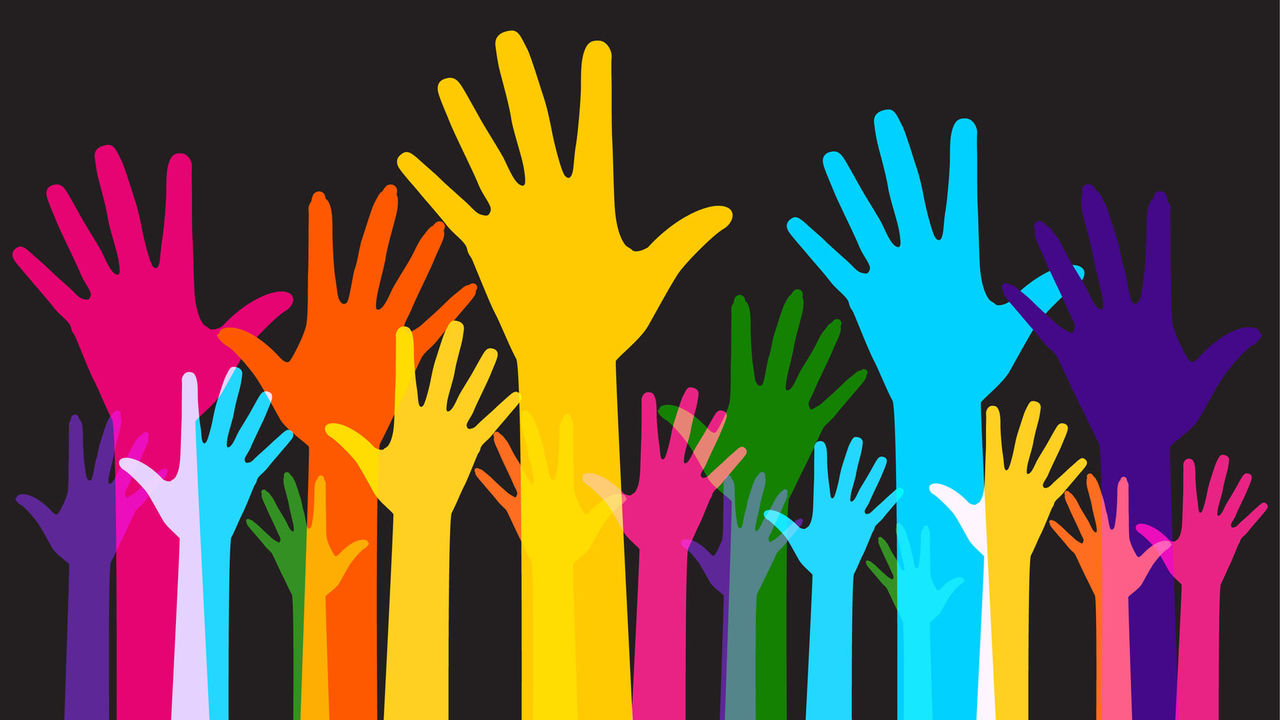For organizations, actions are all that matter. In recent days, well-known brands have issued statements in support of the black community, the police or both. They have set aside funds for various causes and established new programming for their customers and employees, making headlines good and bad.
Lost in the shuffle of these public relations moves is the essence of real change. To understand whether organizations and brands are truly changing, we must examine their internal efforts. Donating money to a cause is fantastic, but it's an empty gesture if an aspect of that cause—changing the business world's overwhelmingly monochromatic leadership—is not also on the donor's agenda.
Here are six suggested actions any organization can take to combat racism with purpose and intentionality:
1. Redefine your culture and values.
Most organizations have guiding principles; how many actually live them? The easiest way to signal meaningful change, according to Rice University professor Ed Salas, is to measure indicators of alignment and awareness. Leaders need to change their organizational values to include real, measurable diversity and inclusion across all activities, and then measure the impact of intentionality.
2. Practice inclusive hiring and promotion like you believe in it.
Don't be an organization that espouses inclusive culture but only offers limited opportunities to disadvantaged groups. Organizations that hire and promote with an unmitigated commitment to inclusion—all the way to the top including boards—show that they are truly diverse.
3. Have open dialogues about taboo topics.
A significant percentage regularly talk with their colleagues about controversial and taboo topics, such as racism.1
Since employees are going to bring up these issues anyway, employers would do well to offer protocols to guide discussions and a safe space in which to conduct them. Just make sure that people know they're there to discuss, not debate.
4. Invest capital in social impact funds and corporate social responsibility programs.
Investing in social impact funds may very well be the best way to drive change. While it is admirable to donate money to organizations, most are not incentivized to achieve change quickly. An investment of venture capital in social impact funds, however, provides the incentive needed to propel real, monumental social change. Another approach is to expand corporate social responsibility to include equality and inclusion. For instance, SHRM's approach to this has been investment in programs geared toward providing opportunity through partnership between education and employment.
5. Market to those who have been ignored.
Social injustice includes failure to market directly to an audience devoid of opportunity. To address this in response to current events, many companies (especially Internet content providers and other media) have altered their schedules to present social justice programming—some for the first time ever. Our challenge is to find ways to go to market with a cause in mind, particularly to markets that have been unjustly ignored. In the case of HR as a profession, this means looking to diversify the makeup of our generalists and specialist corps so that they may elevate the practice as a social force for good.
6. Rebuild your enterprise to be a force for good.
Organizations truly interested in replacing inaction with action should consider rebuilding themselves as a force for good in matters of social justice. This may entail changing revenue streams or adding another business line, for example. Make sure to match serious intent with serious investment. The ultimate commitment to eradicate injustice is to build an operation that redefines your organization in supporting the public good.
The theory of diffusion of innovations, developed by Everett Rogers in 1962, explains how ideas and behaviors gain momentum and spread. When people perceive something as new or innovative, they will adopt it, and eventually the new idea or behavior will diffuse throughout society. Early adopters have the power to spread the impact of innovation.
Rogers would likely look upon our social experiment with great disappointment: Equality and justice are still in the adoption stage of diffusion. Many even want early adopters to fail. Equality and justice are often considered an innovation in the modern business community, but they should be the price of admission.
Both adopters and laggards alike could be one with the black community, rather than simply stand by. I urge all to take action together forward for change, which will manifest itself in a better workplace and, ultimately, a better world.
1. Alonso (in press). The Perils of Polarization. Alexandria, VA: SHRM Publications.
An organization run by AI is not a futuristic concept. Such technology is already a part of many workplaces and will continue to shape the labor market and HR. Here's how employers and employees can successfully manage generative AI and other AI-powered systems.




